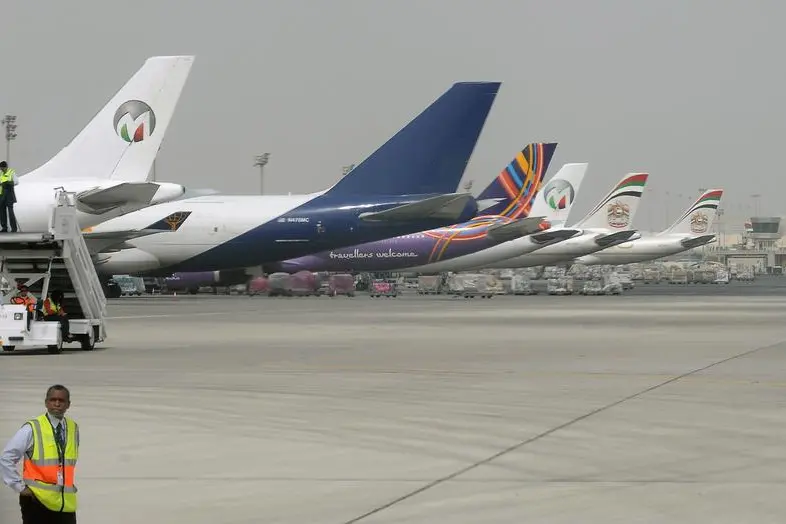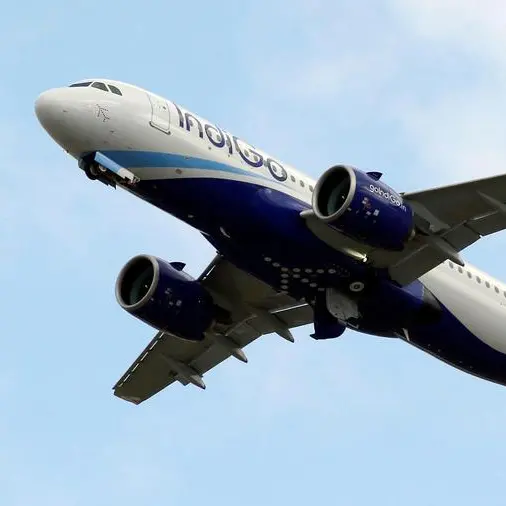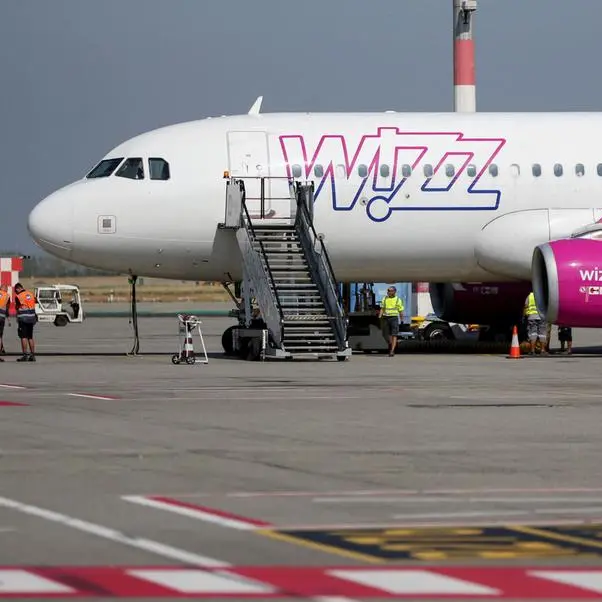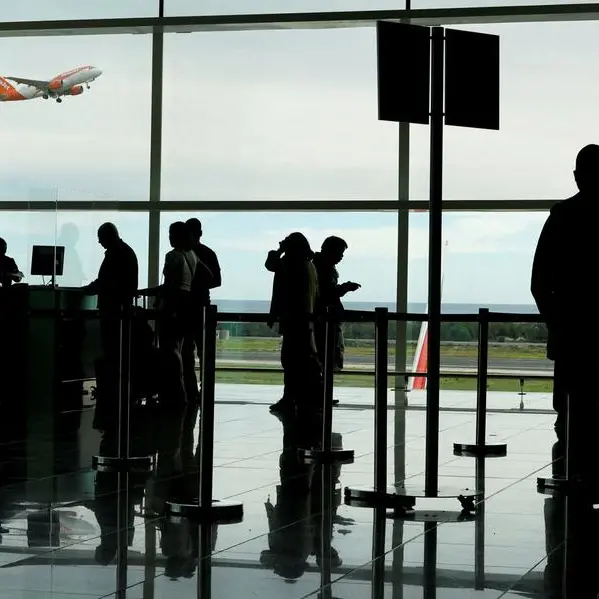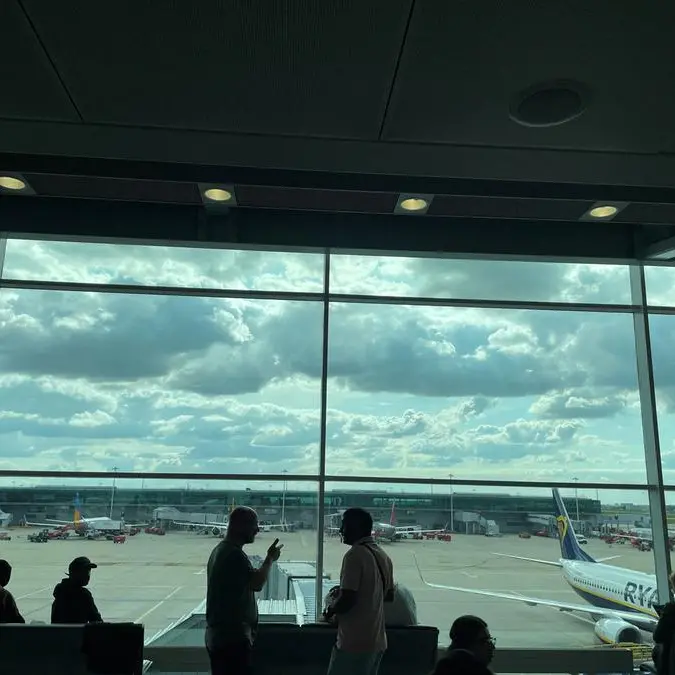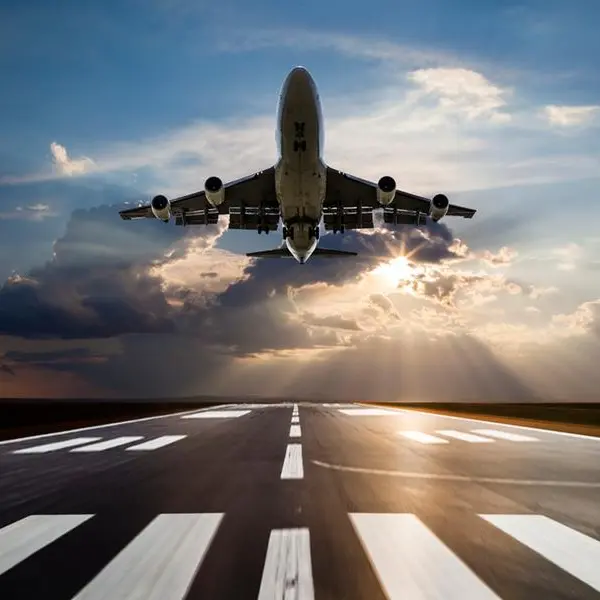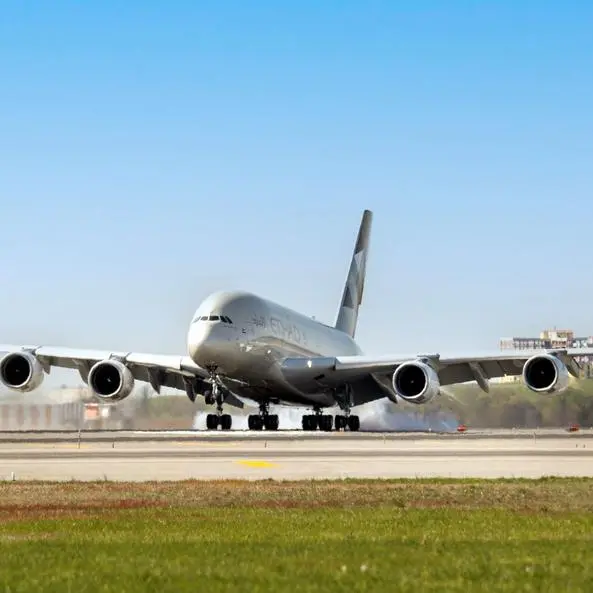PHOTO
Financial margins of airports in the Middle East and Asia-Pacific are yet to recover to pre-pandemic levels and are not economically sustainable despite an increase in passenger traffic, according to the latest analysis.
Overall, the region showed “encouraging signs of recovery” as many airlines rebuilt their capacity during the first quarter of 2022. The trend has been largely helped by the growth in the domestic travel and cargo segments of the market, said Airports Council International Asia-Pacific (ACI APAC) in its latest report released on Thursday.
However, international traffic remained “largely stagnant” due to ongoing travel restrictions in major destinations. The continued implementation of pre-departure and on-arrival COVID-19 tests, suspension of global travel in some parts of the region and geopolitical conflict have proved to be detrimental to the overall growth of aviation, the report said.
“Despite some improvements, the financial health of airports in the region remains challenging,” the report said.
“Airport financial margins remained far below pre-pandemic levels and are economically unsustainable,” added Stefano Baronci, Director General of ACI Asia-Pacific.
Many countries in the Asia-Pacific and Middle East region have been easing travel restrictions. Currently, there are 20 states that have no significant entry restrictions, according to ACI, but parts of the emerging and developed East Asia market, which includes, Japan, Republic of Korea, Chinese Taipei, Hong Kong, Macau and China, among others, have kept quarantine requirements in place.
According to ACI, China plays a key role in the region’s travel market, as several airports, particularly those in Southeast Asia and Australia, are largely dependent on Chinese travellers. It said the reopening of international air travel to and from China will accelerate growth in the region.
“It is therefore time to remove ineffective restrictions and enable nations to accelerate their economic growth. To achieve a truly sustainable recovery from the slump caused by COVID-19 pandemic, cooperation and the establishment of standards that harmonise the processes for international travel between states are crucial,” said Baronci.
One of the destinations in the region that have eased restrictions, the UAE has recently seen growth in passenger traffic. During the first quarter of the year, Dubai International (DXB) recorded 13.6 million flyers, up by 15.7 percent from the previous quarter’s 11.8 million passengers and 138 percent from the previous year’s 5.7 million.
Dubai’s long-haul operator Emirates Airline reported a loss of 3.9 billion dirhams ($1.1 billion) for the financial year ended March 31, 2022, lower than the previous year’s 20.3 billion dirhams.
(Reporting by Cleofe Maceda; editing by Daniel Luiz)
